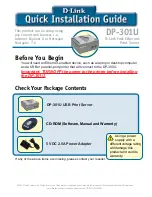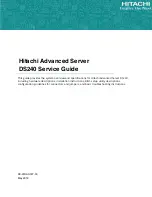
72
TERMINAL SERVERS
Step 3: Define the Port Flow Control
We recommend that you disable flow control for directly-attached devices
with SLIP connections, such as when a modem is used. Command 2 disables
the flow control that is implemented by the SLIP itself. Note that the
XON/XOFF mechanism must not be used for SLIP connections.
Step 3: Define the SLIP Port Address
Statement 5 configures the IP address of the port. The IP address can be
configured on the port in one of three different methods:
• Configuration by using the Terminal Server command language (as in
the example above)
• Configuration by a RADIUS server
• Configuration learned during the session, using the first SLIP frame
coming from the device
Step 4: Define the Port User Name
Statement 6 defines a permanent user name to the port eliminating the
request-prompt usually displayed when the user logs in. This setting is
overridden if the port log-in is to be authenticated by a RADIUS server.
U
SING
C
OMPRESSED
SLIP
Compressed SLIP is an improvement on the regular SLIP protocol. Since IP is
a protocol used on a network with many devices and SLIP is a protocol used
between only two devices, the IP header contains a lot of data that is now
redundant. This data causes a waste of bandwidth when traveling over slow
links—a loss that can be countered. The Van-Jacobson Compression method,
when supported by both the Terminal Server and the attached device, can
save this TCP overhead. The CSLIP protocol can manage up to 16 concurrent
TCP/IP sessions.
The following example shows how to add CSLIP capability to a pre-defined
SLIP port.
Summary of Contents for LE2101A-BT-R2
Page 2: ......
















































